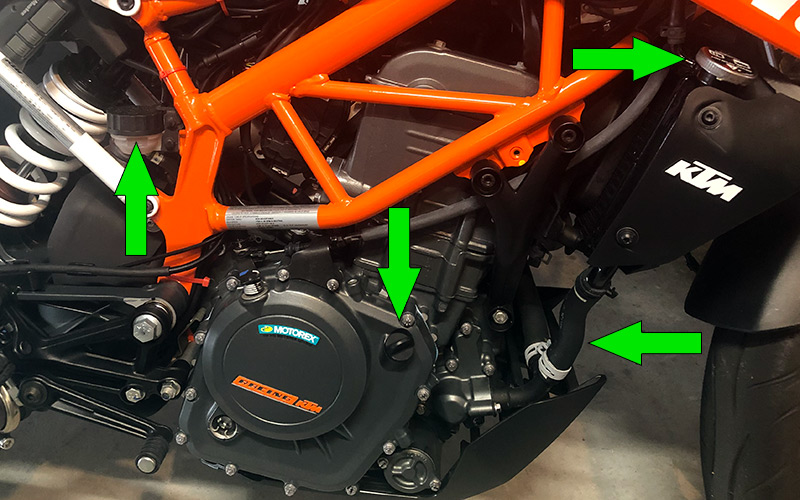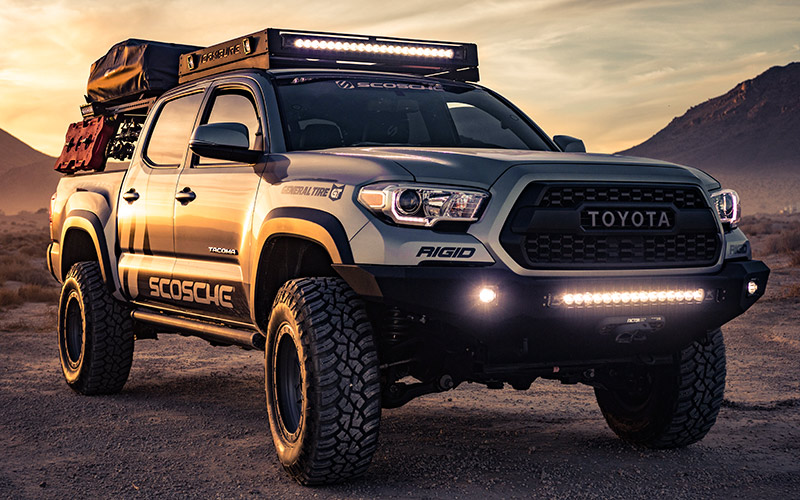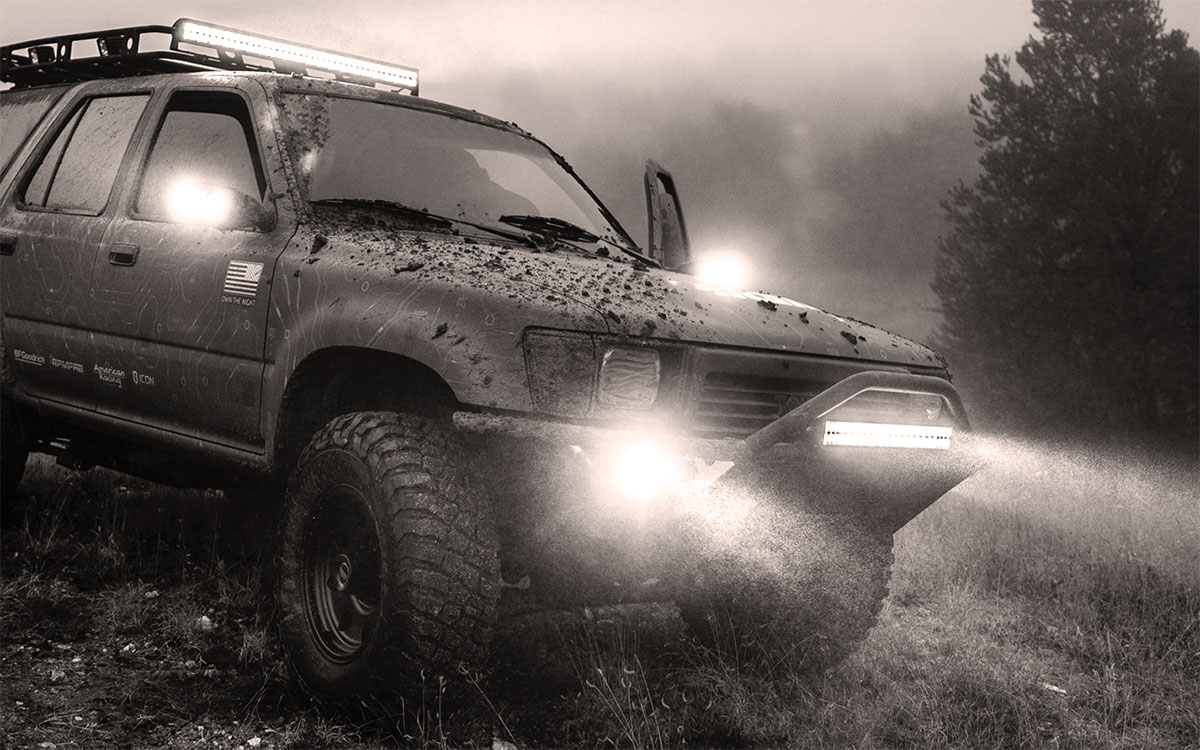In the preparedness and security communities a great deal of time and money is often spent on vehicles. It’s remarkable how far things have come in the last few years and what individuals have been able to develop in terms of performance and capabilities.
The reality is, however, no matter how tough or capable your vehicle is, the chances are it can be disabled within seconds. Anyone with basic knowledge of how cars, trucks, or even motorcycles operate can ruin your chase, escape, or bug-out plans with very little effort. To do so with a degree of stealth takes a little more knowledge and practice.
The purpose of this article is not to share knowledge about disabling vehicles, but rather to help mitigate the chances that someone may successfully disable your car, truck, or motorcycle. This is important at any time, yet especially critical during times of unrest when a functioning vehicle may represent a significant factor in your ability to thrive.
This brings to mind a situation that happened to my family and me in the mid 1990s. We were living in an Islamic country where I was carrying out research as a cultural anthropologist among Islamic groups and leaders. The location in which we resided was rugged and beautiful. During off-hours there were opportunities to explore nature in mountainous areas seldom visited by anyone, especially those from the West.
At that time I owned a late 1970s Toyota Land Cruiser. It was more like a four-wheel-drive tractor than a passenger vehicle in its ability to go almost anywhere. It pushed through any terrain we asked it to cross, including deep mud at high altitudes.
On one family trip high into the mountains we parked the Land Cruiser on the side of a very narrow and seldom-used road. We trekked for some time into a wild jungle area, enjoying our time of exploration. When we finally returned to the vehicle I noticed that one of the hood latches was not secured. These older models did not have a locking hood. Instead, spring-loaded latches kept the hood in place. There’s no way I would operate the Land Cruiser without the hood being secure, so I knew that something was up.
Sure enough, when I opened the hood I saw that someone had pulled the coil wire from the distributer cap. I plugged it back in, started the vehicle, and drove off down through the mountain’s winding roads that cut through dense jungle. Given the remote area, it’s likely that the individual was watching us. He probably planned to come to our rescue when we couldn’t start the Land Cruiser, and would want to be paid.
This could have been a lot worse had the individual wanted to cause more trouble than he did. Had he taken the wire rather than simply unplugging it, we would be out of luck. We would be sitting ducks in a remote and wild mountainous area. We only had enough food, water, and other provisions for our day-long outing.
This is one of many experiences that taught me to be better prepared. Our Loadout Level 3B (Vehicle Survival) now has supplies and equipment that would allow us to survive and communicate, even in that remote and dangerous environment, for three weeks or more.
This experience also reminded me how vulnerable even an incredibly tough and capable vehicle can be. Even with a locking hood, there are many ways to disable a vehicle. For example, it you get on your back and look under the front of your vehicle, you’ll likely see a large diameter hose. This is the lower radiator hose. It returns coolant from your radiator back into the engine. Cut this and you lose your coolant. Without coolant your vehicle is now a multi-thousand-dollar tent that’s going nowhere. Coolant all over the place would make it obvious that your vehicle had been disabled. Piercing this hose just right, however, or using a device that I’ll not mention here, and you’ll drive off only to discover after a few miles when your vehicle overheats that it’s no longer operable without a new hose.
So what can you do to mitigate the chances that someone will have the opportunity to disable your vehicle, especially in times of unrest? The first and most obvious answer is to deny them access to it. Garage your vehicle whenever you can. When you can’t, there are now proximity motion sensors that can sound an alarm or otherwise notify you if someone comes within a set distance of your vehicle. These are obviously not for everyone, yet they represent advancing technology that can help mitigate the risk of someone disabling your vehicle in times of unrest.
Even if someone can access your vehicle and quickly disable it, redundancy options can get you back up and running. Here’s an example.

My wife and I are a one SUV and one motorcycle couple. She drives a Honda Pilot and I ride a KTM Duke. The image above shows the right side of my KTM. Since motorcycles like this are so open, just about everything is exposed. This makes motorcycles especially vulnerable to disabling. The image above shows three easily-removable covers. These include the brake master cylinder cover, the oil fill cover, and the radiator cover. Also shown is a very exposed radiator hose.
I always garage my KTM. I also have an alarm that can notify me on my iPhone if someone moves it even a little. Since it would be so easy to simply remove one of the covers and walk away, and since this would render the KTM inoperable, I carry spare covers in the very secure aluminum GIVI Trekker Outback top case secured to the back of the Duke. These, like the hose, cost little and take up very little space. I also carry an air pump, Slime Green tire sealant, a tire repair kit, a NOCO GB20 Lithium jump starter, and a few other items that I’ll not mention here.
One can choose similar redundancies and repair options for a larger vehicle. In normal times it may seem like overkill, yet a very small investment of funds and time can have a huge impact on your ability to get your vehicle back up and running fast.
Mitigation and redundancy efforts will never solve every way in which a vehicle can be disabled. The point is, knowing the vulnerabilities of your particular vehicle, and planning in advance to address them if necessary is not difficult. Moreover, a little planning and preparation can make the difference between you having a four-wheel-drive paper weight, or the use of that awesome bug-out vehicle you’ve spent so much time and money building.

Let us know in the Comment section below if you’ve developed some clever ways to help protect your vehicle from being disabled when you’re not able to secure it or be near it.




0 Comments